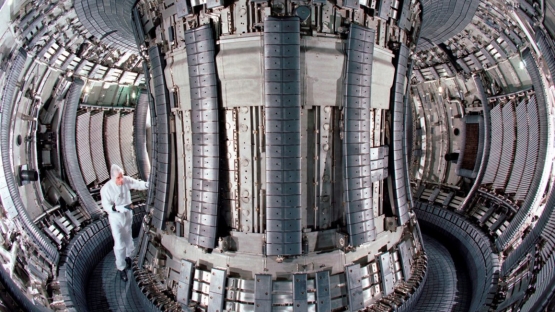Are you a fusion aficionado or do you know a lot about fusion devices? Then this contest could be for you.
The IAEA and the European Fusion Education Network (FuseNet) are calling on fusion enthusiasts around the world to review scientific literature and online resources to find as many zero-dimensional - or independent - design parameters as possible for active fusion tokamak and stellarator experimental reactors in the IAEA’s interactive Fusion Device Information System (FusDIS) database. The data collected through the challenge, which is aimed at students and young professionals with an understanding of fusion without being experts, will prove useful for simulations, modelling and design studies to advance fusion research.
The challenge is looking for submissions that include the following parameters:
- radii,
- plasma current,
- magnetic field strength,
- material composition of device wall and divertor,
- plasma shape,
- elongation and triangularity.
Participants have until 31 January 2021 to submit their answers here. Only one submission per fusion device is allowed. Prizes for winning entries include a membership subscription to the European Physical Society , a 3D-printed ITER fusion reactor model and a power bank, as well as fame via our website.
“FusDIS is a valuable tool for the fusion community which gives information on all the world’s fusion devices at your fingertips,” said Matteo Barbarino, Nuclear Plasma Fusion Specialist at the IAEA. “We launched this challenge to mark FuseNet’s 10th anniversary and at the same time help expand FusDIS’s capacity.”








